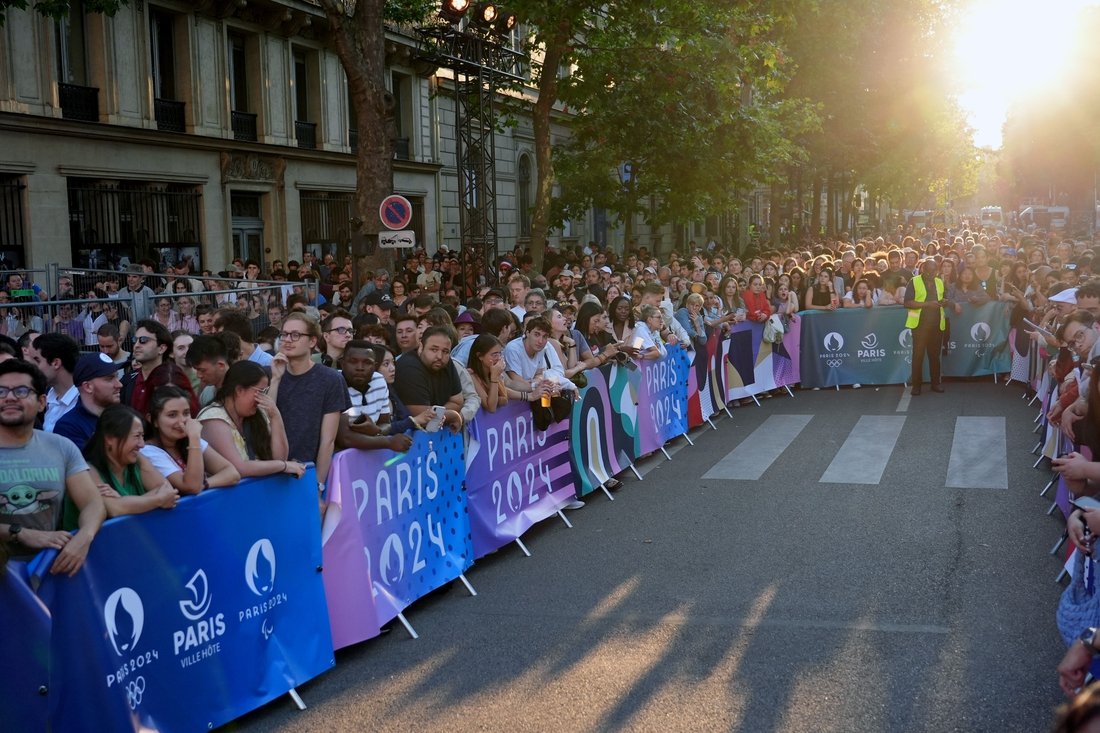A joint study conducted by the NFL and NFL Players Association (NFLPA) has found that lower-extremity injuries occur at nearly identical rates on synthetic and natural turf. The study, which examined all games during the 2023 season, defined injuries that could be attributed to playing surface as lower-extremity, non-contact injuries serious enough to force missed games.
The study discovered that the incidence rate of lower-body injuries per 100 plays was slightly higher on synthetic turf (0.043) compared to natural turf (0.042). These findings are consistent with a previous joint study conducted in 2022, which revealed statistically similar rates of lower-body, non-contact injuries on artificial and natural surfaces, albeit with slightly larger gaps between the two surfaces.
However, previous studies have shown a significant difference in lower-body injury rates between turf and grass fields. In 2018, the American Orthopedic Society for Sports Medicine conducted a study that demonstrated synthetic turf fields caused 16 percent more lower-extremity injuries based on data collected from 2012 to 2018. Similarly, the American Journal of Sports Medicine found similar results in a 2019 study using data from 2012 to 2016.
The NFLPA released a statement to ESPN, expressing their belief that well-maintained, consistent grass surfaces are safer for players than synthetic fields. They argue that the increase in injury rates on grass fields in 2023 does not discount the fact that grass remains the better option for player safety.
NFL players have been vocal about their concerns regarding turf surfaces. In a recent anonymous poll conducted by The Athletic, 83 percent of the 85 players surveyed stated that playing on turf is a real problem. Many players claim to feel more sore after games on turf fields compared to grass.
The Kelce brothers, Jason (Eagles center) and Travis (Chiefs tight end), dedicated a segment of their podcast to criticize turf fields, arguing that the ground is harder and leads to more concussions. However, the joint study did not differentiate between concussions sustained on turf and grass.
The NFLPA’s statement also highlighted the quickness with which NFL stadium surfaces are flipped from synthetic to grass for international soccer events, suggesting that this contradicts the notion that grass fields are not suitable for football.
NFLPA Executive Director Lloyd Howell has called for a switch to grass, stating that it is the easiest decision the NFL can make. Howell argues that it is nonsensical for stadiums to convert their surfaces to comply with World Cup regulations and then switch back to turf for the NFL season.
While some NFL owners have argued that converting stadium surfaces to grass would be challenging, the league is exploring the possibility of collaborating with FIFA to conduct research on field compositions.
In conclusion, the joint study by the NFL and NFLPA has found that lower-extremity injuries occur at nearly identical rates on synthetic and natural turf. However, previous studies have shown a significant difference in injury rates between the two surfaces, with synthetic turf causing more lower-extremity injuries. NFL players continue to express their preference for grass fields, citing increased soreness and concerns about player safety on turf. The debate over playing surfaces in the NFL is likely to continue as both sides present their arguments for the use of either synthetic or natural turf.





